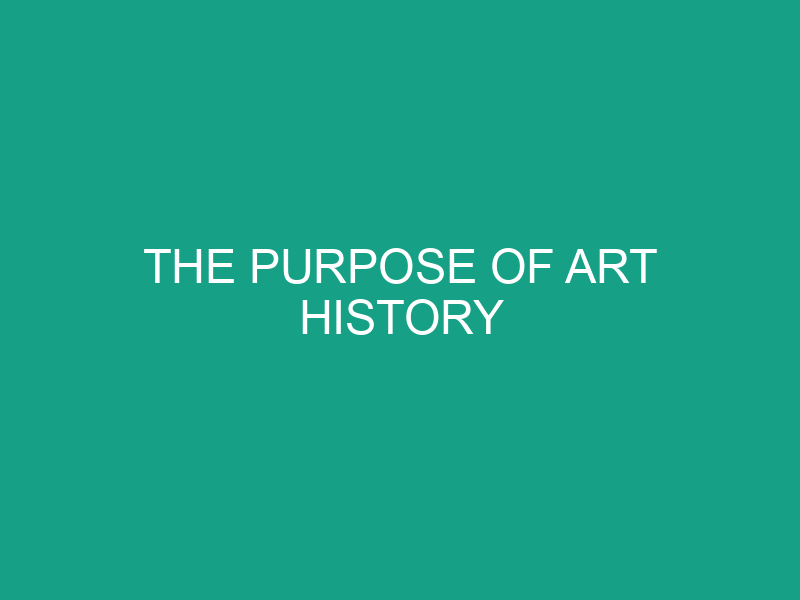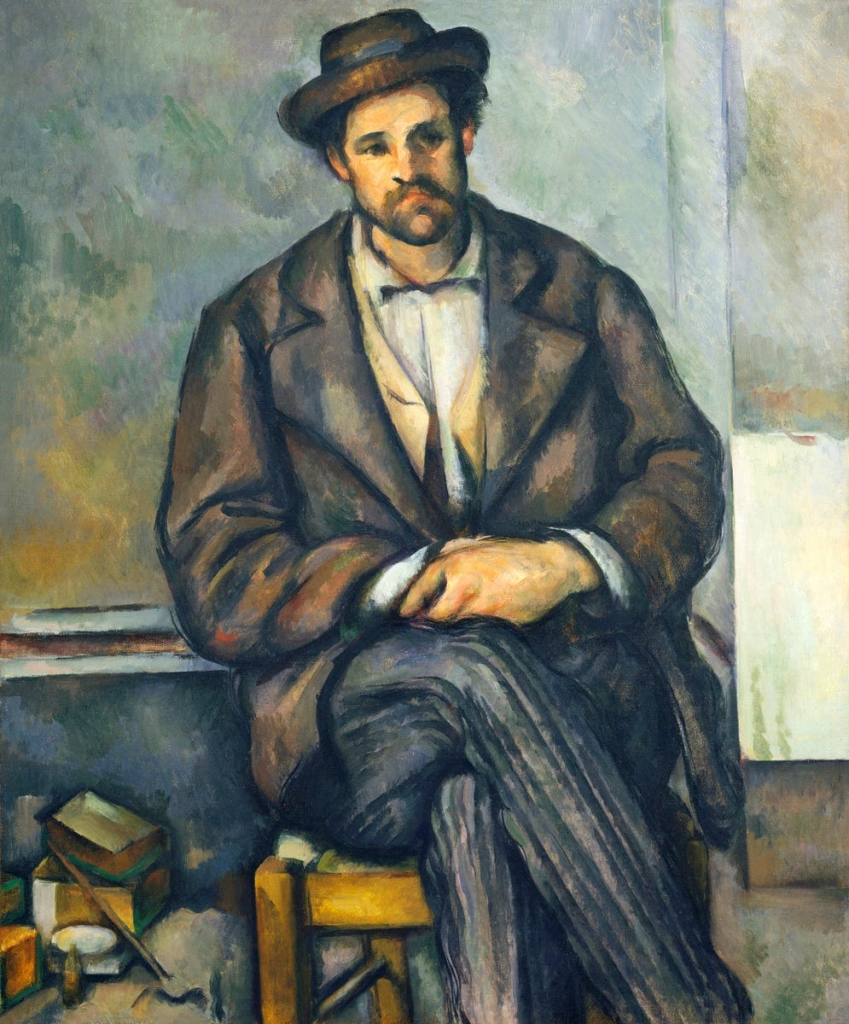
Having an understanding of art history can be a useful tool to understand your culture and religion. It can help you better appreciate and contemplate your faith, as well as provide you with a sense of greater values in life.
Sigmund Freud’s legacy in art history
Sigmund Freud’s legacy in art history is profound. His works of art include a number of paintings and drawings, as well as many etchings. He also gathered hundreds of antiquities, including pieces from mummy cases and Roman portrait sculpture. In addition to his paintings, Freud created a number of portraits, including those of Queen Elizabeth II and David Hockney.

The biography reveals the various ways in which Freud’s ideas have affected contemporary art. As a result, his work has had a strong resonance, particularly since the 1920s. This resonance is heightened because Freud’s theories have been subjected to hostile criticism art legends. Despite his unconventional style, Freud is one of the greatest modern thinkers.
In addition to his paintings, Freud also created a number of etchings near the end of his career. His collection is huge. He had two older half-brothers and a nephew. He was also a keen political player. He was once suspended for dropping his pants in a public street.
Understanding culture
Whether it’s a painting, sculpture, or a piece of jewelry, art is the conduit by which a person can connect with others on a deep emotional level. For instance, art can help bridge the cultural divide. Moreover, it has the power to make one think differently about the world.
It’s not surprising then that art and culture have always been closely intertwined. In fact, there are some pretty cool pieces of art that offer a glimpse into ancient life. A few examples are the Sistine Chapel frescoes of the 15th century and the famous Last Supper by Leonardo da Vinci.
Aside from being a visual representation of a culture, art has the power to make one think differently about a world that has changed substantially in the past few centuries. In particular, art can elicit an emotional reaction on a subconscious level.
For example, the Futurist art movement of the 18th and 19th century was a precursor to the modern art movement of the 20th. It was a time when many artists sought to define a country’s identity. The Futurists were influenced by the industrial revolution and its impact on the art world.
Enhancing religious contemplation
Historically, the relationship between art and religion has been fraught with controversy. For instance, some iconoclasts claimed that images tainted morals. While there is no hard and fast proof of this, there is no question that religious and artistic practices have been intertwined.
In fact, there are numerous examples of religious artists working within the bounds of a contemporary art world. Many artists have taken an unorthodox approach to spirituality. Some have even used symbols or objects from mythological traditions to inform their work.
There is a general sense of spirituality that has emerged in recent decades. As a result, new forms of spirituality are being explored and applied to address the deepest needs of humanity. Some artists have even been credited with making the world a better place.
In this context, the question remains, what is the best way to foster a more conscious relationship with the divine? The answer can take several forms, including a more individualized approach to artwork, a wider array of media, and the cultivation of an aesthetic sensitivity to non-religious stimuli.
Providing students with a sense of greater values in life
Taking art classes allows students to develop a deeper appreciation of human culture. Art history graduates are unique in their ability to analyse and understand the ways in which humans express themselves. They have a sense of values that they are able to apply to their lives. They also experience a greater satisfaction with life. They are also more likely to think outside the box.
The modern world is largely visual. We spend a lot of our time looking at screens, and people process images all day. Art history helps prepare students for this world. They learn about the ways in which artists created beautiful pieces of art and how they represented the time period.